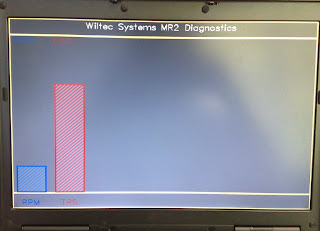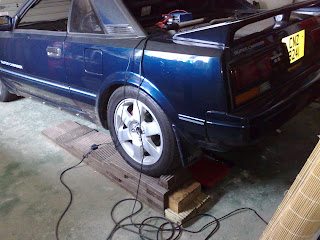No joy with the XDA
I spent a bit of time working on the XDA without success. I sorted out a serial connection and used Bluetooth to transfer some test programs to the 'phone, but trying to access COM 1 just gets an error as if the port doesn't exist. I tried all the ports from 0 to 15 with a simple serial reader and got nothing. Checking the wiring to the board all seems well, but it is always hard to tell for sure. I'll give it one last check before giving up. I got some technical stuff about the iPaq online and have details of how to dismantle it safely and will see if the screen flicker is maybe just a loose connection.


.jpg)


